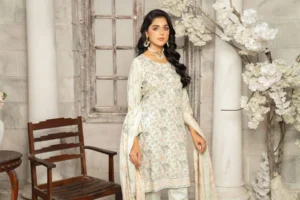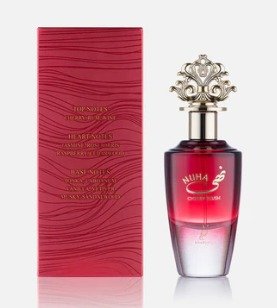
In an increasingly globalized world, clothing often serves as a powerful medium for cultural expression and identity. Pakistani designer clothing, with its rich heritage and vibrant aesthetics, plays a pivotal role in preserving and promoting cultural identity. As individuals in the UK embrace these garments, they not only celebrate their roots but also share their heritage with a broader audience. Let’s explore how Pakistani designer clothing preserves cultural identity while adding a contemporary twist.
1. Traditional Craftsmanship and Techniques
Pakistani designer UK often draw inspiration from traditional craftsmanship, incorporating techniques passed down through generations. Hand embroidery, block printing, and weaving are common practices that reflect the country’s rich textile heritage. For instance, intricate zardozi work or kashida embroidery tells stories of the past, linking the wearer to their cultural roots. When you choose Pakistani designer clothing in the UK, you’re not just wearing a garment; you’re embodying a piece of history that showcases the skill and artistry of Pakistani artisans.
2. Cultural Symbolism in Designs
Each piece of Pakistani designer clothing often embodies cultural symbolism, from motifs inspired by nature to patterns representing regional heritage. Designers incorporate these elements into their collections, allowing wearers to express their identity through their attire. For example, the use of traditional colors, such as vibrant reds and greens, signifies joy and celebration in Pakistani culture. By wearing these designs, individuals can assert their cultural identity while participating in contemporary fashion trends.
3. Celebration of Festivals and Events
Pakistani designer clothing is integral to cultural celebrations and significant life events, such as weddings, Eid, and other festivities. Each occasion calls for specific attire that reflects the importance of the event. For instance, the grandeur of a lehenga or the elegance of a sharara not only enhances the festive atmosphere but also reinforces cultural traditions. Wearing Pakistani designer clothing during these celebrations allows individuals in the UK to honor their heritage and connect with their community, fostering a sense of belonging.
4. Fusion of Tradition and Modernity
One of the remarkable aspects of Pakistani designer clothing is its ability to blend traditional styles with modern fashion sensibilities. Designers often create contemporary silhouettes that appeal to a global audience while retaining cultural elements. This fusion allows individuals to showcase their cultural identity in a modern context, making it relevant for today’s fashion landscape. Whether it’s pairing a traditional kurta with jeans or wearing a kaftan with contemporary accessories, Pakistani designer clothing enables individuals to express their cultural pride in innovative ways.
5. Building Community and Connection
Wearing Pakistani designer clothing fosters a sense of community among individuals sharing similar backgrounds. In the UK, various cultural events and gatherings celebrate Pakistani heritage, where traditional attire becomes a symbol of unity. By wearing these garments, individuals can connect with others, share stories, and strengthen cultural ties. This collective celebration of heritage not only preserves cultural identity but also contributes to the diversity of the fashion landscape in the UK.
Preserving Heritage Through Fashion with Kaarighar
At Kaarighar, we believe that clothing is not just a personal choice but a powerful statement of cultural identity. Our Pakistani designer clothing celebrates traditional craftsmanship, incorporating intricate embroidery and rich textile techniques that have been passed down through generations. Each piece tells a story, allowing wearers in the UK to express their heritage proudly. By blending timeless styles with contemporary designs, Kaarighar creates garments that resonate with both tradition and modernity. Wearing our clothing fosters a sense of community, connecting individuals through shared cultural experiences and reinforcing their ties to a vibrant heritage.


